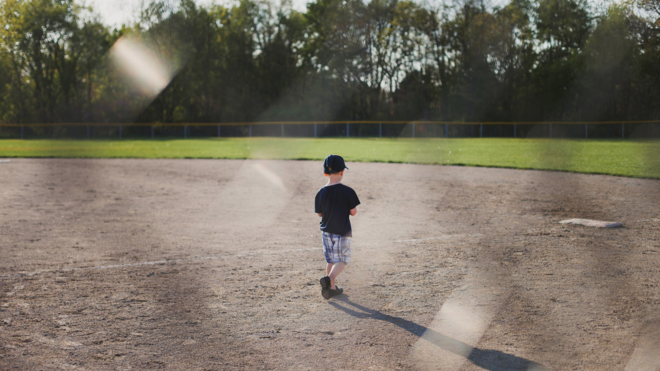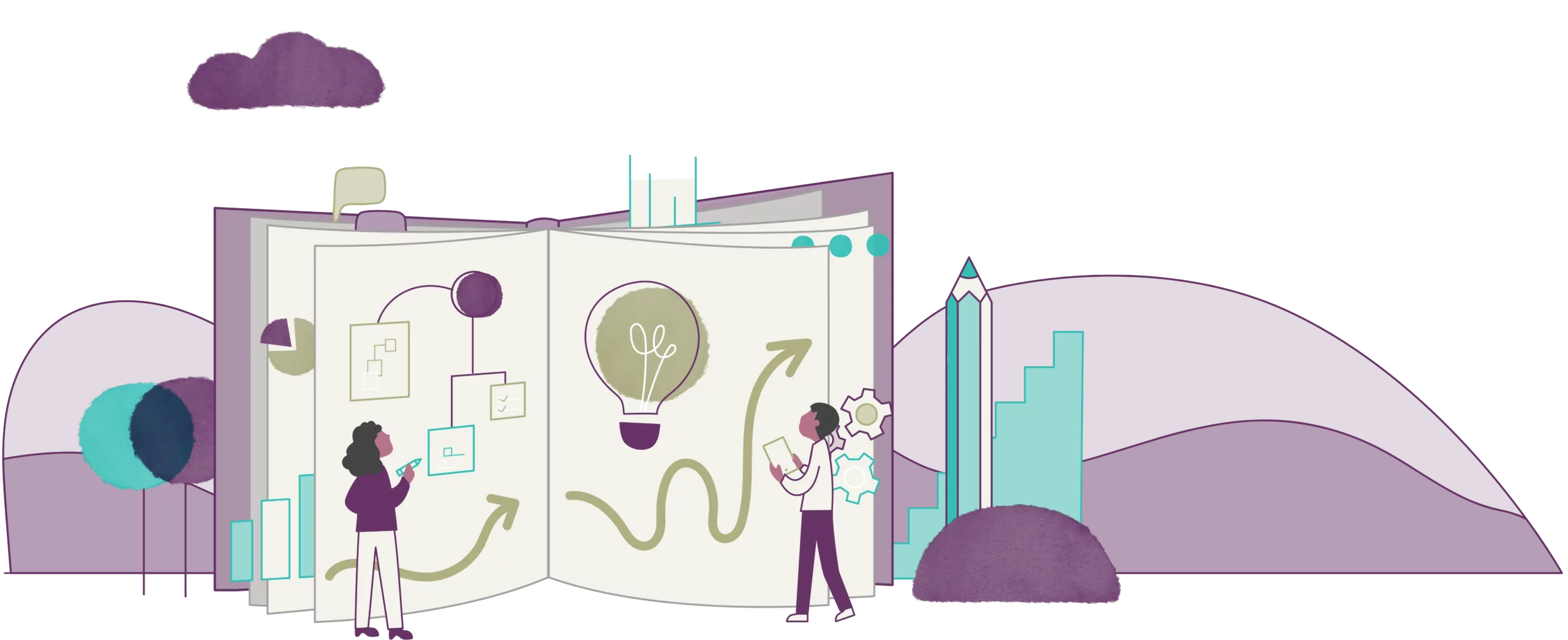
Sounds counterintuitive, right?
As it so happens, the most intuitive way to generate demand is to create and develop insightful, authentic content native to the platform on which it lives—and to provoke organic engagement there.
Ironically, more website traffic will result in return through organic engagement rather than directing visitors to the company’s site. Research shows creating content that reaches and resonates with your audience helps build the trust they need to take action on their own terms. So, stop trying to drive website traffic.
But let’s back up a bit. This past year, you’ve probably noticed a seismic shift in B2B social media marketing strategy. As algorithms continue to bury content that pushes users off the social network they’re currently browsing, we, as B2B marketers, are incentivized to meet and connect with our audience on the social media platforms they frequent.
Social networks don’t publicly share how their algorithms work, but the anecdotal evidence is significant.
- Take LinkedIn, for instance. Posts with hyperlinks get less engagement and reach than any other content type. They fall far behind native content, such as videos, polls, and documents (such as PDFs), which, according to a recent study by Social Media Today, generate 3x more clicks than any other type of content.
-
Twitter is another example. Just the nature of the ‘‘what’s happening now” platform invites a sense of urgency to maintain an active presence. Features, such as a 280-character length, retweets, threads, and most recently, Twitter spaces, are a means for tweeting regularly, originating long-form content, and attracting more followers.
It’s a shift we’ve already embraced at Digital Meaning. It’s why “engagement” is our “Word of The Year”. And it’s why we’ve prioritized three steps for redirecting any company’s social media strategy—know the purpose of each channel, document the company’s narrative and voice, and find and leverage key insights.
1. Use Channels Purposefully
Duplicating content across every social media channel dilutes it, and astute followers in decision-making positions will quickly lose interest.
Using each channel for a clear purpose and specific communication strategy is more compelling. Showing all facets of a company—and that it’s connected and easily accessible. To do that, B2B marketers have to understand the channels.
For example, we all know LinkedIn is the most robust and effective social media platform for B2B organizations and an excellent place to nurture the customer’s buying journey. Yet, other platforms can help meet different company objectives.
Facebook and Instagram may generate more engagement for recruitment efforts with “life at” channels. These feature story-driven content centered around company culture, people, and events.
Twitter is an ideal platform for customer service and AMA (ask me anything) events. It’s fast and helps build a brand reputation when demonstrating responsiveness and a willingness to listen.
Ultimately, it’s about being so good at framing content for the social platform it lives on that people are naturally inspired to engage.
2. Document the Company’s Narrative
Storytelling is the most effective way to connect with people. And B2B buyers are more likely to buy when they experience an emotional connection with the company.
So how do you leverage a company’s narrative in a compelling way? Rather than going the “Four score and seven years ago…” route and boring people with the company’s products and services, start with why.
While it’s often assumed that everyone within a company is clear on its reason for being and shared purpose, in reality, not every employee may be singing the same tune. Developing a written strategic narrative fosters consensus and authenticity and highlights unique and meaningful selling points.
It’s also about how you tell these stories that reels them in.
The key here is not only differentiating the company from competitors in the industry; it’s about finding and developing a messaging strategy that matches the company’s agreed-upon narrative and pinpoints consistent, reliable takeaways followers will look forward to.
Voice is also important. Each company’s distinct “personality”—i.e., traditional and reliable or fun and playful—narrative, and messaging strategy should be expressed through any communication published, from emails and website pages to social media posts.
Companies can capture attention in creative ways, setting them apart from the competition.
3. Discover and Rely on Key Insights
Truth: numbers lie. Carefully vetted insights from customers and analytics don’t. Keeping track of these helps develop patterns and trends over time that you can count on.
Social media channels’ insights and analytics information can guide future content development efforts. For example:
- Instagram insights show how many non-follower accounts were reached by content type—Reels, Posts, Videos, and Stories—to get a sense of which medium is best for increasing reach beyond followers.
- Post insights show how many accounts reached were directly from hashtags, giving you feedback on which hashtags may work.
- On Twitter, it’s easy to see that replying to the right tweets at the right time is fruitful in terms of reach. It also shows who is reciprocating—so you can add them to a list to interact with them more.
- LinkedIn analytics shows how many people choose to visit the company’s website from the company’s LinkedIn page. In this case, tracking the correlation between website and LinkedIn analytics is easier. Typically, when engagement is up, website visits are up, too.
You can gain even more insight into an audience’s behavior when using sources like Spark Toro or Adience (just a little permissionless co-marketing). Or, directly ask your audience which channels they frequent and for what purpose.
A crucial and often overlooked step is to ask people what drove them to the company’s website—through contact and demand-generation forms and by including a prompt for sales and customer service to cover during their conversations. Finding out what’s working directly from prospects and customers is the most telling insight.
Digital Meaning will empower you to redirect the company’s social media strategy away from trying to drive website traffic, and toward authentic content creation and organic engagement. Start with a playbook »


